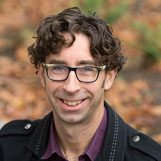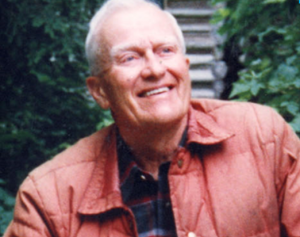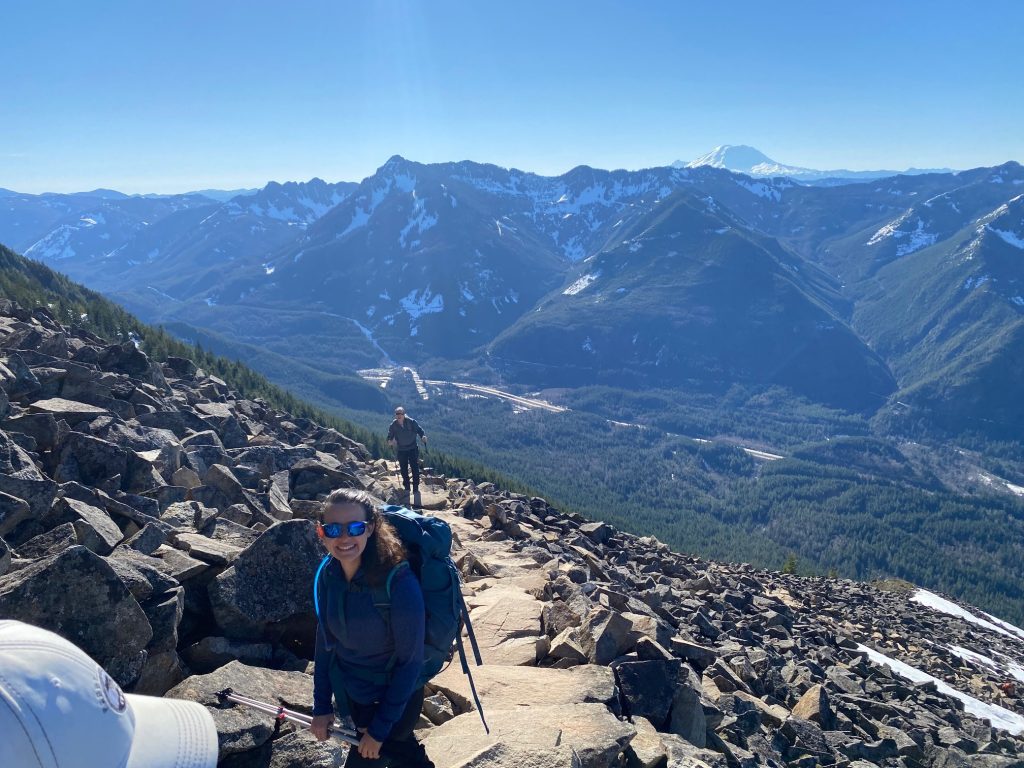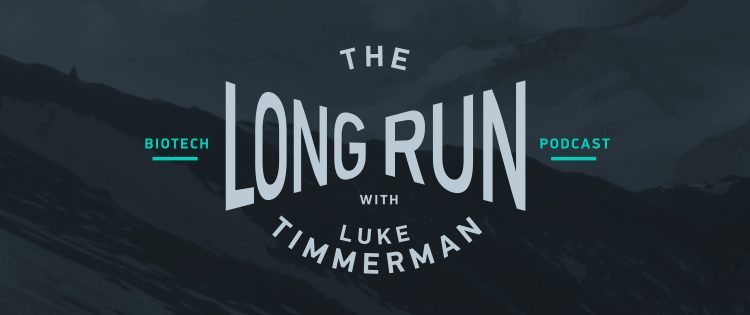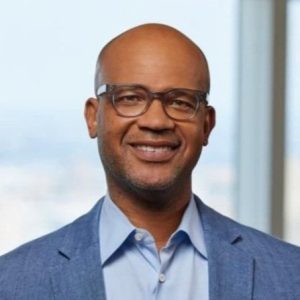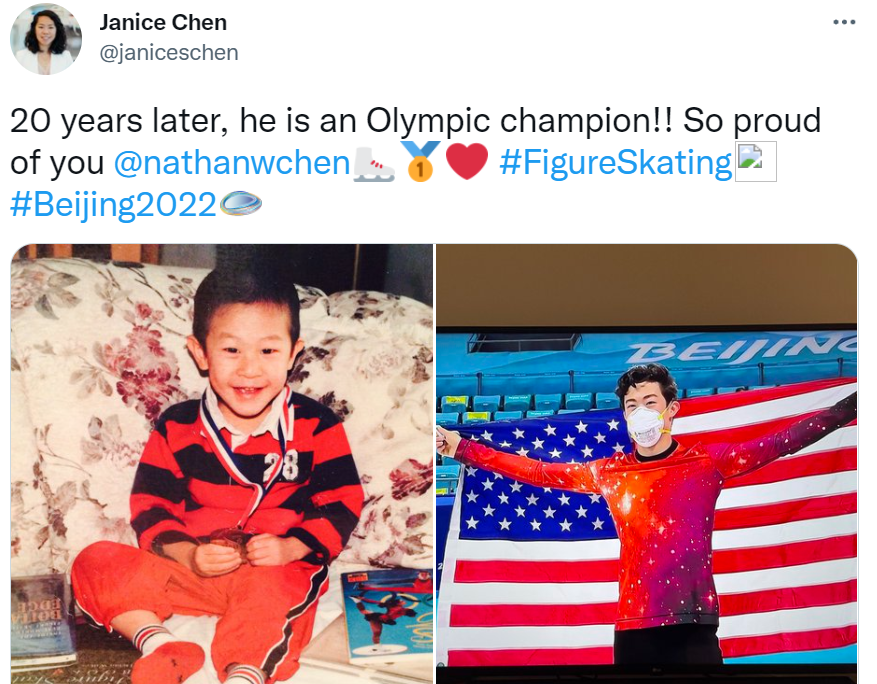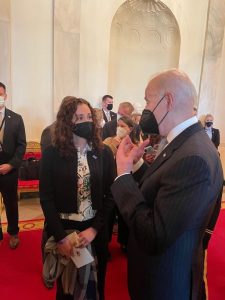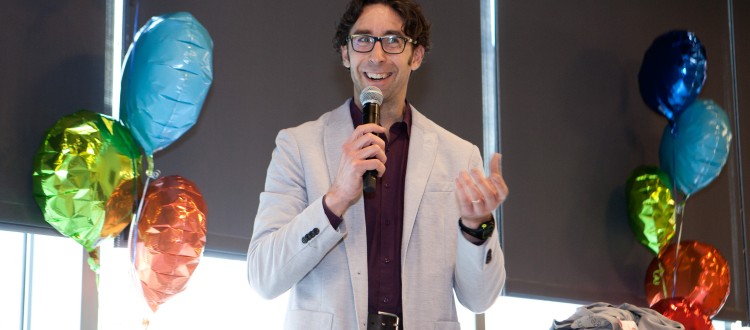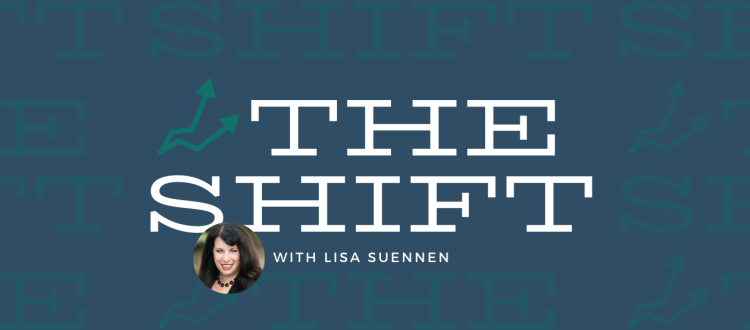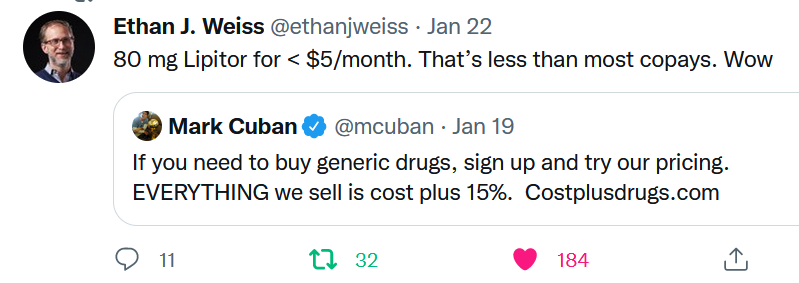Get In-depth Biotech Coverage with Timmerman Report.
22
Feb
2022
A Long Hauler, Two Years Later

E. Blair Clark-Schoeb, SVP of communications, Aruvant Sciences
I can’t believe my daughter is about to turn 16, and I have been living with COVID for two years.
Having contracted the virus on her birthday, it will seemingly always be my Covidversary.
She has blossomed over the past two years, while I feel like I have wilted. I still lean hard toward the sun, but it’s not easy. Some of my symptoms have persisted.
Almost two years out, I am feeling better, but different.
COVID-19 changed my life.
No one would have suspected this. Two years ago, I was a working mother of four in my mid-40s. I exercised almost every day, alternating between cardio and yoga days. The data are still there in my Peloton app. I was a college athlete, so staying fit and healthy has always been an important part of who I am.
For two weeks after getting COVID, it was a struggle to even get out of bed. Many people can relate to that feeling. But something was clearly off for me. For months, I felt like an old lady. My hips hurt. I couldn’t sleep through the night because of leg pain. Even the slightest exertion brought on shortness of breath.
Thankfully, most of those symptoms went away. But I’m still not done.
The headaches are the most annoying residual symptom. Most days I can function, but sometimes my head hurts so bad, sleep is the only remedy. I have tried NSAIDs, Tylenol, other prescription medications, vitamins and acupuncture. Nothing seemed to help, so I don’t even bother anymore.
I also have intermittent muscle and joint pain. This used to happen every night, but now it only happens some nights. My sleep has greatly improved.
Other times, chest pain reappears. I have worn a heart monitor twice, had a couple of EKGs and an echocardiogram. The tests show changes to my heart, but nothing that needs to be addressed or requires medication.
Some of this is surely because we still know so little about what causes Long COVID, and the effects it has on tissues and cells. But what scientists are learning every day is confirming what many of us long haulers have felt – the virus is harmful to the heart, lungs, and neurons. We now know from multiple studies that 10 to 30 percent of people who get COVID will suffer some long-term symptoms. This Feb. 7 article in Nature provides a helpful overview of recent biology.
Part of the struggle is physical, and another part is psychological. It’s a loss of a certain part of myself, and some of the things my former self enjoyed. These things are hard to quantify, but it can be done. The best measure that I have is my Peloton activity. Prior to Covid, I regularly did the bike and would do 45-minute-to-one-hour classes.
There have been periods over the past two years where I couldn’t bike at all. Now I am back to doing the Peloton regularly, but a 30-minute class is a hard day. While I’ve regained a consistent exercise routine, my output is substantially less. I am finally back to breaking 200 output. Before Covid, I could take some pride in going above 300 or even higher.
I also used to love to eat sushi and fish, and a good spicy margarita. Something has now happened to my taste buds. Fish always tastes bad these days. After one too many times of complaining about how there was something wrong with the sushi we ordered, I realized that I was the issue. Now, I am fully vegan. I miss the old days of a good sushi dinner. Those spicy margaritas are also a thing of the past. Because of my headaches, I have cut out alcohol. I have to say I don’t miss alcohol as much as I miss good sushi.
I have met other people who suffer from Long COVID. People often reach out and ask me if I will speak to their friend who is struggling. So often the conversations are the same. We share lists of symptoms. While many symptoms are similar, the combinations and what bothers each of us the most are not the same. While I always want to help the people I speak with, the only thing I can do is empathize. Exercise is one remedy I suggest, because I do feel like that has helped me. It has helped, but it’s not a cure.
One lingering frustration is with the healthcare community. Ignorance and disbelief about Long COVID remain widespread.
Not too long ago, I ended up in the Emergency Room because of a stomach bug. It left me dehydrated and unable to stop vomiting. That wasn’t the worst of it.
The ER doc demonstrated an almost total lack of understanding of Long Covid. When asked if I had any other issues, I mentioned that I have post-COVID symptoms that have persisted for almost two years.
“Two years?” the doctor said, with a tone that indicated disbelief.
Two years, yes, I repeated.
It is remarkable that two years into this pandemic, we still have healthcare providers who don’t understand the potential lasting effects, and don’t seem all that interested in learning more about the signs and symptoms and potential treatments. It will take a lot more research, a lot more medical education, and a lot more willingness to learn before we can get to a better place.
My experience with Long COVID has brought me a better understanding of what those living with rare diseases experience on a daily basis. We need to do better in the healthcare world to better educate our providers.
While we seek to learn more about the biology, and we figure out how to better treat Long COVID, a little sympathy goes a long way.


